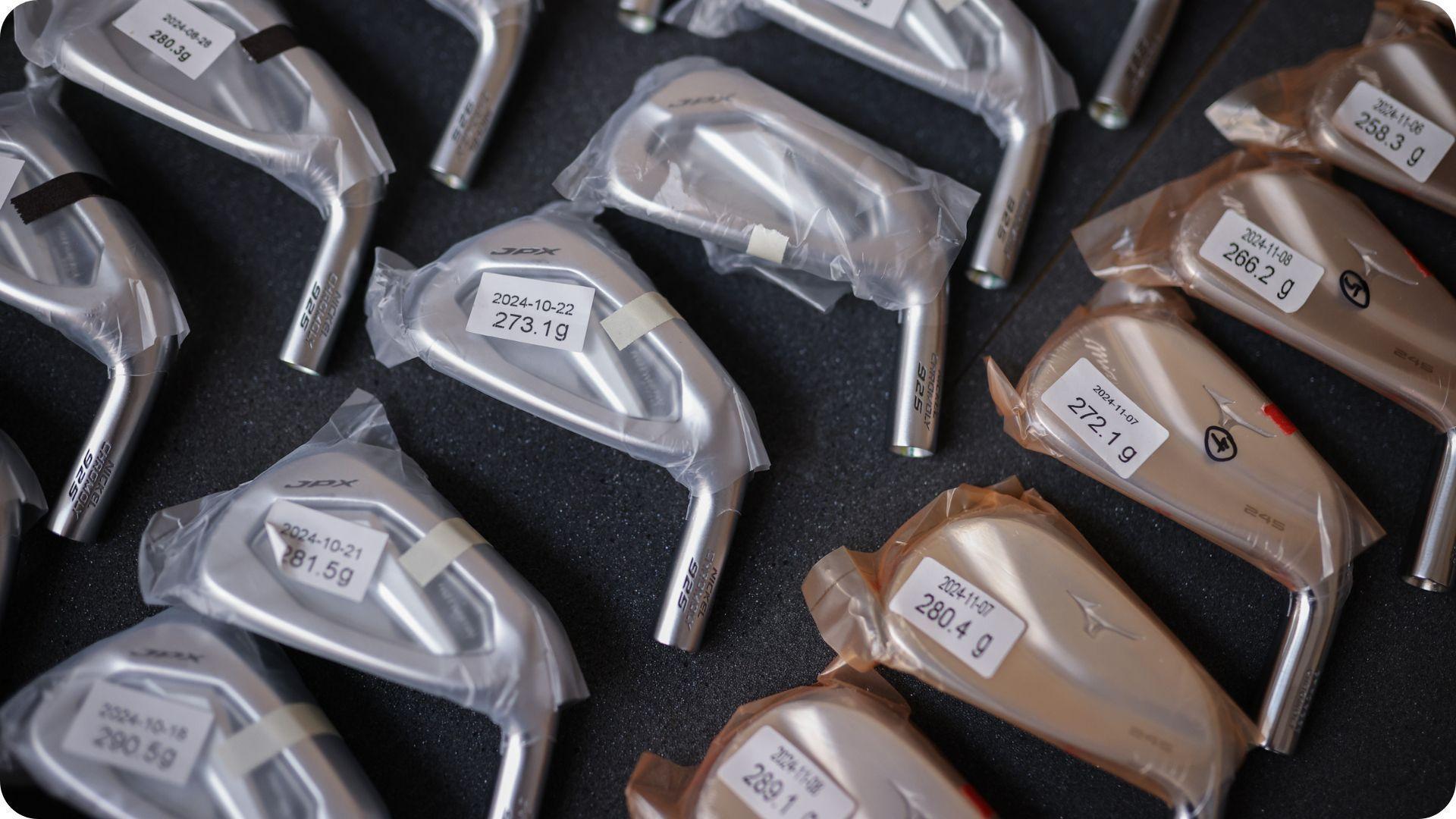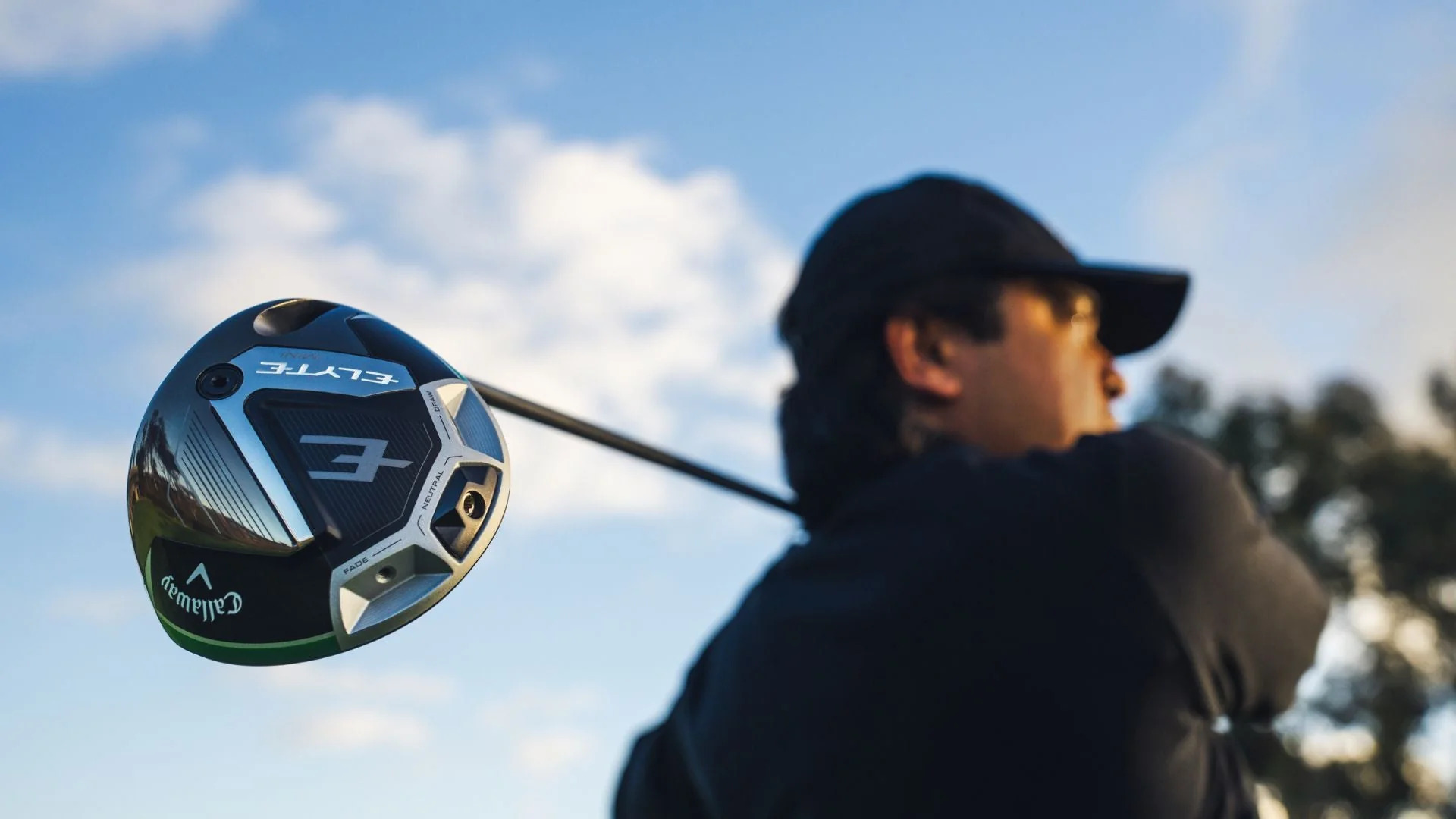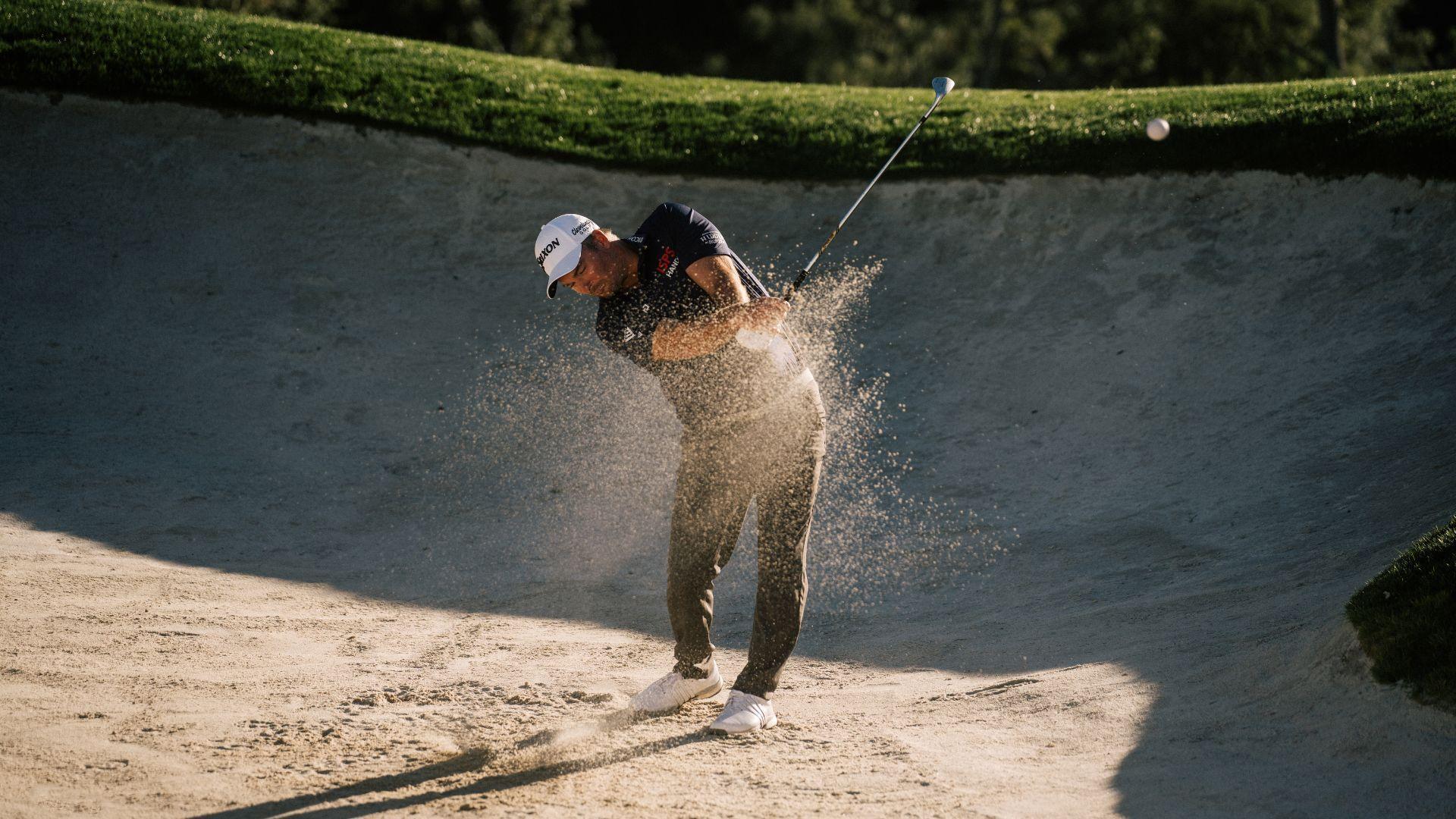Blogs & Guides
May 14, 2025
How to Choose the Right PING Clubs for Your Game
Over 500 tour wins and 19 major championships have been attributed to one putter design. That putter is the PING Anser, the genesis club…
Read more

May 09, 2025
The Nine by Nine Golf Difference: The Pro Treatment for All Golfers
The benefits of custom-fitted golf clubs can significantly impact your game.Hitting the ball better, further, and straighter are huge…
Read more

May 08, 2025
How Do New Materials and Technology Impact Your Game
What a magical Masters tournament we have just witnessed.Rory McIlroy finally crossed the line and broke the voodoo of Augusta National to…
Read more

Apr 22, 2025
More Forgivness or More Control? Why Combo Iron Sets Might be the Answer
Can you imagine a time when the only iron model you could choose was a blade?That was the reality for most golfers, and coupled with…
Read more

Apr 21, 2025
Are You Fuelling Yourself Properly for Good Scores?
The average round of golf burns between 900-1500 calories…The equivalent of around 90 minutes of running for an 80kg individual.Add that to…
Read more

Apr 15, 2025
Is It Time to Replace Your Hybrid with a Lofted Fairway Wood?
It’s hard to believe that the hybrid has been with us for over 25 years.TaylorMade successfully introduced the first-generation Rescue…
Read more

Apr 08, 2025
The Mini Driver Dilemma: A Smart Addition or a Redundant Club?
Golf equipment can seem like fashion at times.While fashion trends dictate what we should and shouldn’t wear, golf equipment trends dictate…
Read more

Mar 31, 2025
The Truth About MOI in Golf Drivers
The golf driver represents the pinnacle of golf club design and technology.Each year, the envelope is pushed further to help golfers of all…
Read more

Mar 25, 2025
Uncovering The Biggest Equipment Mistakes Amateur Golfers Make
For many golfers, the start of the year brings the urge to upgrade their golf equipment—whether necessary or not.Golf manufacturers are in…
Read more

Mar 24, 2025
What's the Best Shaft for Your Swing Speed?
There was a time when, if you looked in most golfer’s golf bags, there were some common features to the drivers they were using.The…
Read more

Mar 11, 2025
Think Club Length Doesn’t Matter? Here’s Why It Could Be Costing You Shots
Bryson DeChambeau is one of golf’s more interesting characters.During the pandemic, DeChambeau “bulked up” in a program designed to turn…
Read more

Mar 05, 2025
Do You Need Low Spin or High Spin Golf Shafts? Here's How to Tell
How important do you think the golf shaft is in your golf clubs?Is it just the steel or graphite thing that connects the head with the…
Read more

Mar 04, 2025
3 Reasons Why Now Is The Best Time To Get Custom Golf Clubs
Winter is slowly starting to recede.It might still not be tropical weather outside for most of us, but we can take heart from the mornings…
Read more

Feb 20, 2025
What Are The Biggest Golf Trends of 2025?
If you’re considering changing your golf clubs, you’ve picked a great year.We are less than two months into 2025, and we’ve seen some truly…
Read more

Feb 12, 2025
Mizuno Vs Cleveland: Which Wedges Reign Supreme in 2025
It’s easy to get focused on driving the golf ball well.Hitting the ball long and straight is one of those kicks we get, which can give us…
Read more

Feb 05, 2025
What are the Best Golf Drivers of 2025?
{"a243dc03-78b9-4030-91ef-b95f6424977e": [120637], "e259baa5-426c-4e82-b939-fab4bdf3c8e0": "You need specific attributes to earn a seat at…
Read more
